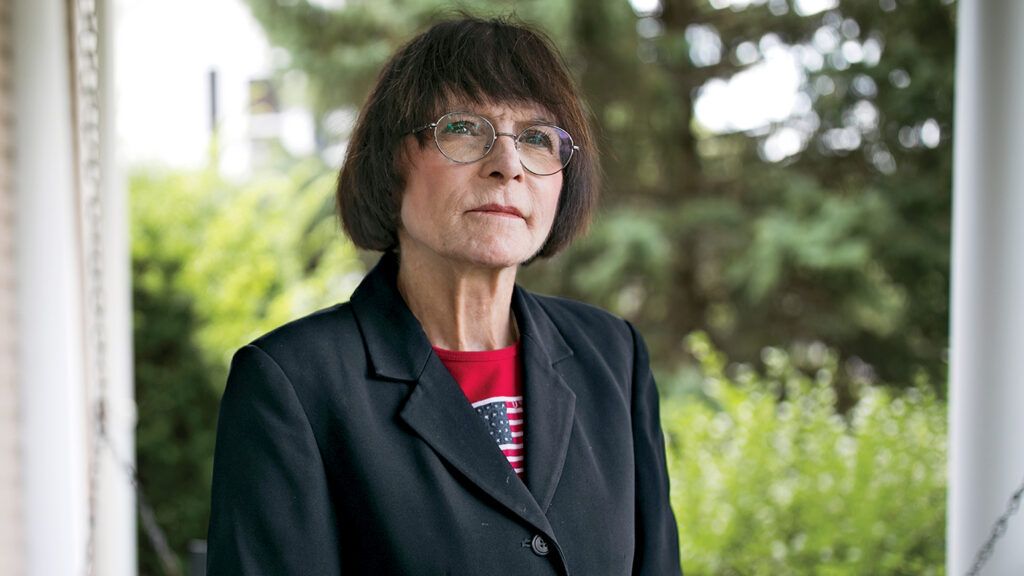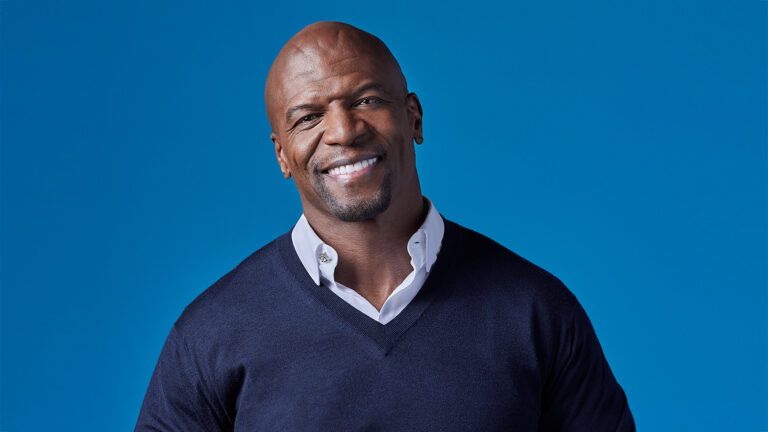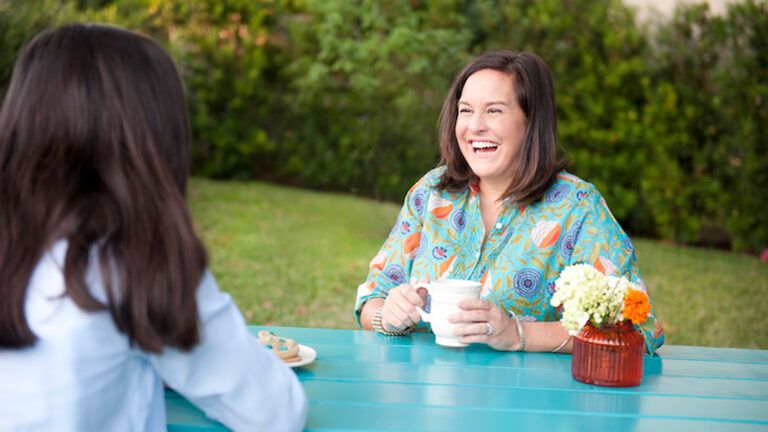Eight police officers sat across from me in a fluorescent-lit conference room. They looked exhausted, shell-shocked. Beside me sat a fellow member of the Southwest Ohio Critical Incident Stress Management Team. We’re a group of police officers, firefighters, paramedics, chaplains and mental health professionals who help first responders deal with trauma.
It was four in the morning, August 4, 2019. We were in the headquarters of the Dayton, Ohio, Police Department. Hours earlier, these officers had been on routine patrol in Dayton’s popular and crowded Oregon District. A lone gunman wearing body armor and carrying a high-powered rifle waded into the crowd and shot 26 people in 32 seconds.
The officers reacted quickly, shooting and killing the gunman less than a minute after his rampage started. Even so, nine victims died, including the gunman’s sibling.
Encouraged by my CISM team colleague and me, the officers tried to put what they’d seen into words.
“It all happened so fast.”
“Chaos, screaming—people running everywhere.”
“Impossible to tell where the shooter was.”
“Bodies kept going down.”
“Fear…anger. Wishing we could have saved more people.”
We let the officers talk. That’s the most important thing you can do after experiencing a traumatic event—reach out, tell someone what you’ve gone through, put your feelings into words. I’ve learned that truth in my nearly four-decade career as a military and civilian clinical psychologist.
I speak from more than professional experience. Ten years ago, I was at Fort Hood, Texas, when a lone gunman killed 13 people and wounded 32 others. I was a soldier then, part of a combat stress control unit preparing to deploy to Afghanistan.
I knelt beside Capt. John Gaffaney, a fellow mental health professional who had tried to stop the shooter by rushing him with a chair. Instead, Captain Gaffaney died from three gunshot wounds, at least one to the heart.
My unit lost three soldiers that day. Two more in a companion medical unit were killed, and l3 soldiers from both units were injured. For reasons I will never understand, our commander didn’t allow us access to military mental health support and instead ordered us to resume mobilization preparations. We shipped out to Iraq and Afghanistan a month later.
Listening to the Dayton police officers, I couldn’t stop my own internal replay of the screams and chaos at Fort Hood. I knew what those officers were feeling. I’ve been dealing with the aftermath of my own mass shooting experience for 10 years. The sense of rage, despair and helplessness never fully go away.
The officers fell silent. They stared at me and my colleague from the stress management team. Their desire for something—anything—to relieve their stress was palpable.
I began to speak. I knew just what to say. I’d been there before.
I wasn’t always so confident. The pain I experienced after Fort Hood left me grasping for answers. Up until that day, I had thought of myself as resilient, a can-do soldier with decades of experience, both in the military and as a clinical psychologist.
I’m 4 feet 11 and three-quarter inches (have to add that three quarters—I need all the height I can get). Don’t let my stature fool you. I’ve served in Iraq, Afghanistan and at Guantanamo Bay, Cuba. I skydive for the adrenaline rush and was known as a formidable prankster in college.
Once, some friends and I raided the school’s top fraternity, nabbed the tastiest desserts in its pantry and ran the fraternity flag up the administration building’s flagpole, for the whole school to see the next morning. We weren’t caught—at least not right away.
I grew up the daughter of a Navy veteran, who was among the first Allied troops to cross the Rhine into Germany after D-Day. Later, in the war’s Pacific Theater, my father was exposed to massive amounts of radiation following the atomic blast in Nagasaki, Japan.
I was born with numerous congenital defects that made it impossible for me to have children and required a long and painful series of facial surgeries. At the recommendation of my dentist, I tried hypnotherapy for pain relief and was surprised and delighted to discover how well it worked. That sparked an early interest in the power of the mind.
I was premed in college but switched to psychology after volunteering at a state psychiatric hospital. Seeing the progress made by patients who had severe mental illnesses such as schizophrenia filled me with a desire to help people reach their full psychological potential whenever possible.
I received a master’s degree in counseling, found a job as a social worker and applied to doctoral programs. I was rejected by all but one of the 50 programs I applied to. Did that discourage me? Not at all. I am an extremely determined person.
I wanted to enroll in the program that had accepted my application, but I couldn’t afford tuition on my social worker’s salary. The program’s dean told me the Army offered scholarships that would pay for my education in exchange for four years of service. I was sworn into the Army as a 2nd lieutenant in September of 1979, received my doctoral degree in clinical psychology, and enjoyed working with soldiers so much, I extended my tour of duty for another year when my four years were up.
My dad was Catholic; my mom, Jewish. I compromised by marrying the son of a Presbyterian minister. He was an Air Force navigator. He was transferred to Wright-Patterson Air Force Base near Dayton, Ohio, shortly after we married. I completed my tour of duty but missed the structure and camaraderie of military life so much, I signed up as a reservist two weeks after my discharge. I am now in my thirty-eighth year of military service.
I was at Fort Hood in 2009 because my combat stress control unit had been called up for active duty to help soldiers serving in Iraq and Afghanistan deal with the stress of battle. The day of the shooting, we were at the Fort Hood Soldier Readiness Processing Center, which helps military personnel make preparations for shipping out overseas—everything from getting vaccinations and blood tests to writing wills.
That’s where the shooter—an Army psychiatrist fueled by a toxic combination of mental instability and radical religious beliefs—began his rampage. He smuggled two high-powered guns into the readiness center and opened fire.
I was in an adjacent building when the shooting started. Someone burst in, shouting, “There’s shooting in the other building!” We quickly realized this was not a drill.
Pandemonium erupted as soldiers raced toward the gunfire (even though, per military rules, soldiers do not carry firearms on post) while civilians sought safety. Moments later, wounded were brought in. I ran around grabbing anything that could be used to stop the bleeding—tablecloths, shirts, jackets. My efforts weren’t enough to save Captain Gaffaney, who died as I knelt with another soldier trying to save his life.
The chaos and shouting were overwhelming. It took 10 minutes for the shooter to be shot and handcuffed by two civilian police officers. We didn’t find out exactly what had happened until hours later. Those hours are lodged in my mind as an eternity of fear and dread.
I don’t know why our commander didn’t allow us access to mental health resources. We had one critical incident stress debriefing, and then it was back to preparing for duty. Our unit was given the option not to deploy but decided staying home would just hand the shooter a victory. We insisted on completing the mission.
I thought I was tough enough to deal with the horror on my own. I was wrong. Working in Afghanistan, I became short-tempered, anxious, plagued by memories. I talked with other members of my unit. I prayed constantly. None of it made the feelings easier to bear.
At first, I found it hard to talk to battle-scarred soldiers. My standard stress management advice sounded like lines from a script. How could I help these men and women if I couldn’t even help myself?
Then I began opening up about Fort Hood. Not always, only when I judged such a conversation would help. Many soldiers were hungry to hear about someone else’s trauma. It validated their feelings to learn that even a mental health professional could struggle in the aftermath. “You get it,” they told me.
Gradually my feelings of dread and helplessness diminished until I could at least continue to function. I decided the struggle was worth it if it gave me the power to speak to men and women whose lives were in far more danger than mine had been.
That day at Fort Hood, I became a wounded healer. I choose to focus on how God brings good even from unspeakable evil. My prayers shifted from making the nightmares go away to asking God for help using my skills to support those struggling with the demons of war.
Back in Dayton, I have made responders and others who experience trauma a big part of my practice. I joined the regional critical incident stress management team and encouraged everyone I worked with to do what I’d never gotten a chance to do after Fort Hood—talk in an informal setting with others who were there, get the feelings out, seek psychotherapy as needed and never assume you can handle it alone.
“I know what you’re thinking and feeling right now,” I told the Dayton police officers. “I’ve walked through this kind of firestorm too.
“You’re going to be tempted to suck it up and deal with it on your own. Don’t let this morning be the only time you express your feelings. Reach out to fellow officers, friends, family, anyone on the CISM team or your department’s peer support group. It won’t be easy, but you’ll come out of this stronger.”
“Thank you,” the officers said. “You get it.”
I know God grieves at every one of America’s senseless mass shootings. I know nothing can fully heal the wounds that these tragedies leave behind.
I also know God does not rest in his healing work. He brings good from evil and can use anyone, even a soldier scarred by her own mass shooting experience, to help others. That’s my healing. I thank God for it every day.
For more inspiring stories, subscribe to Guideposts magazine.





